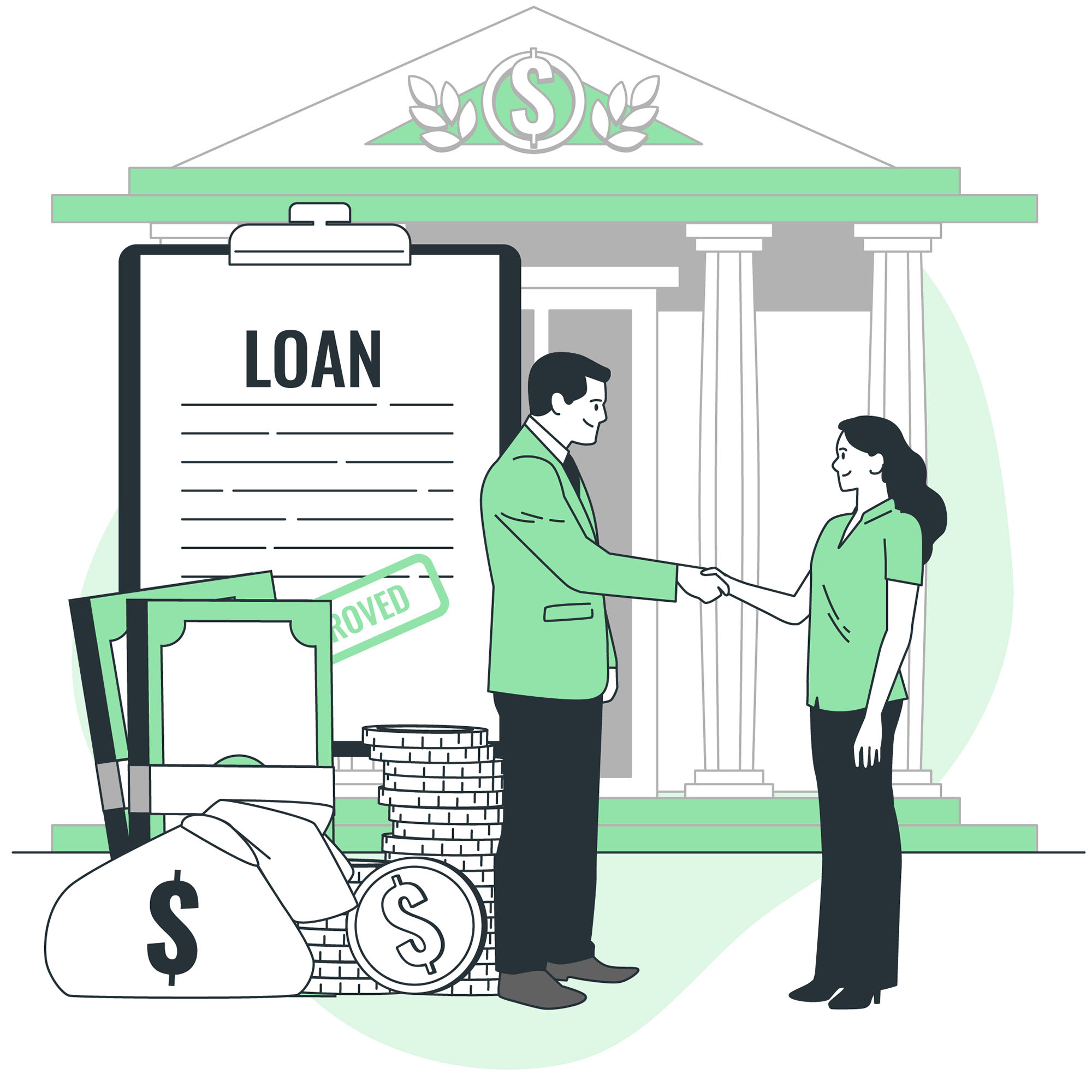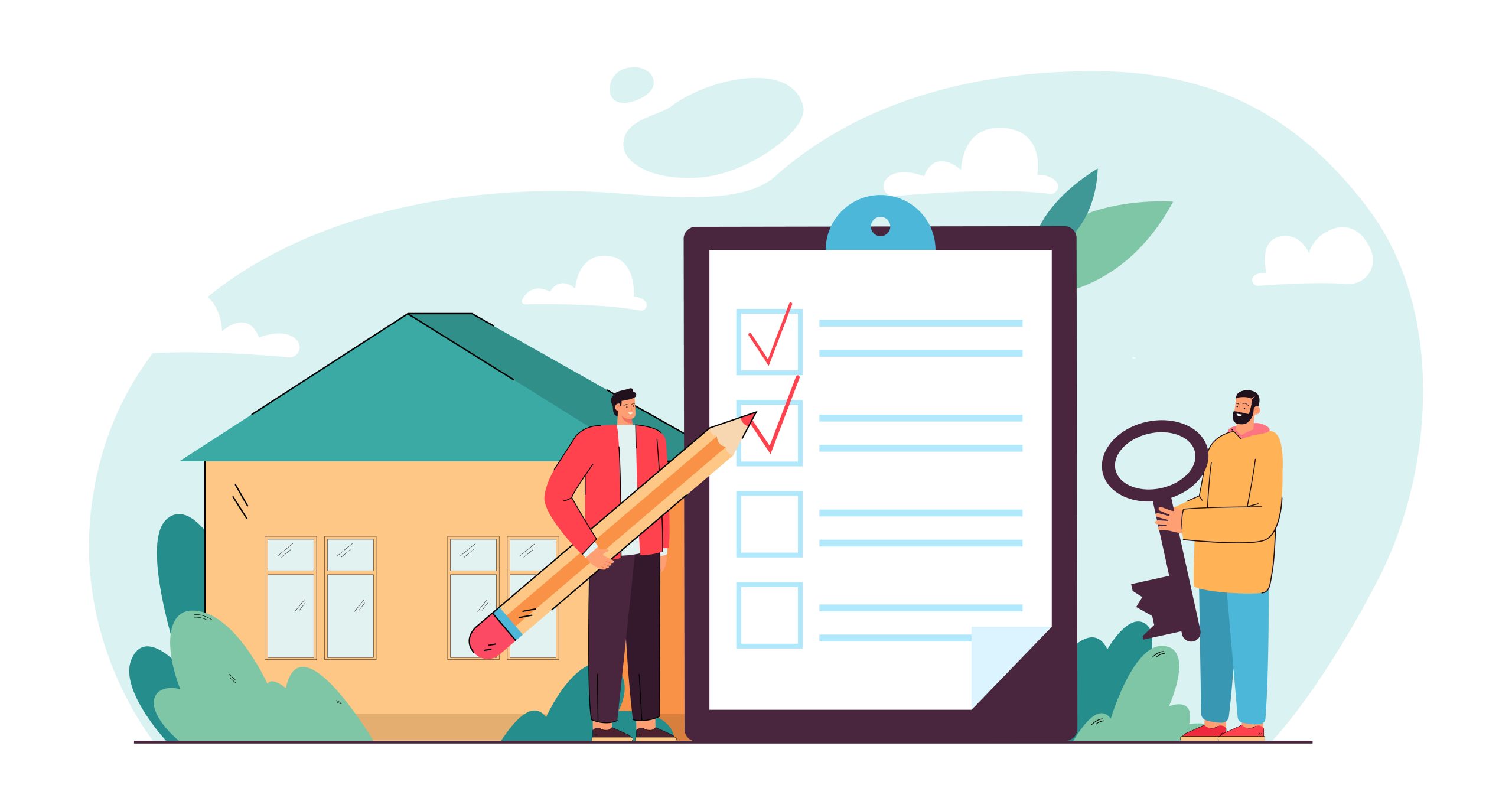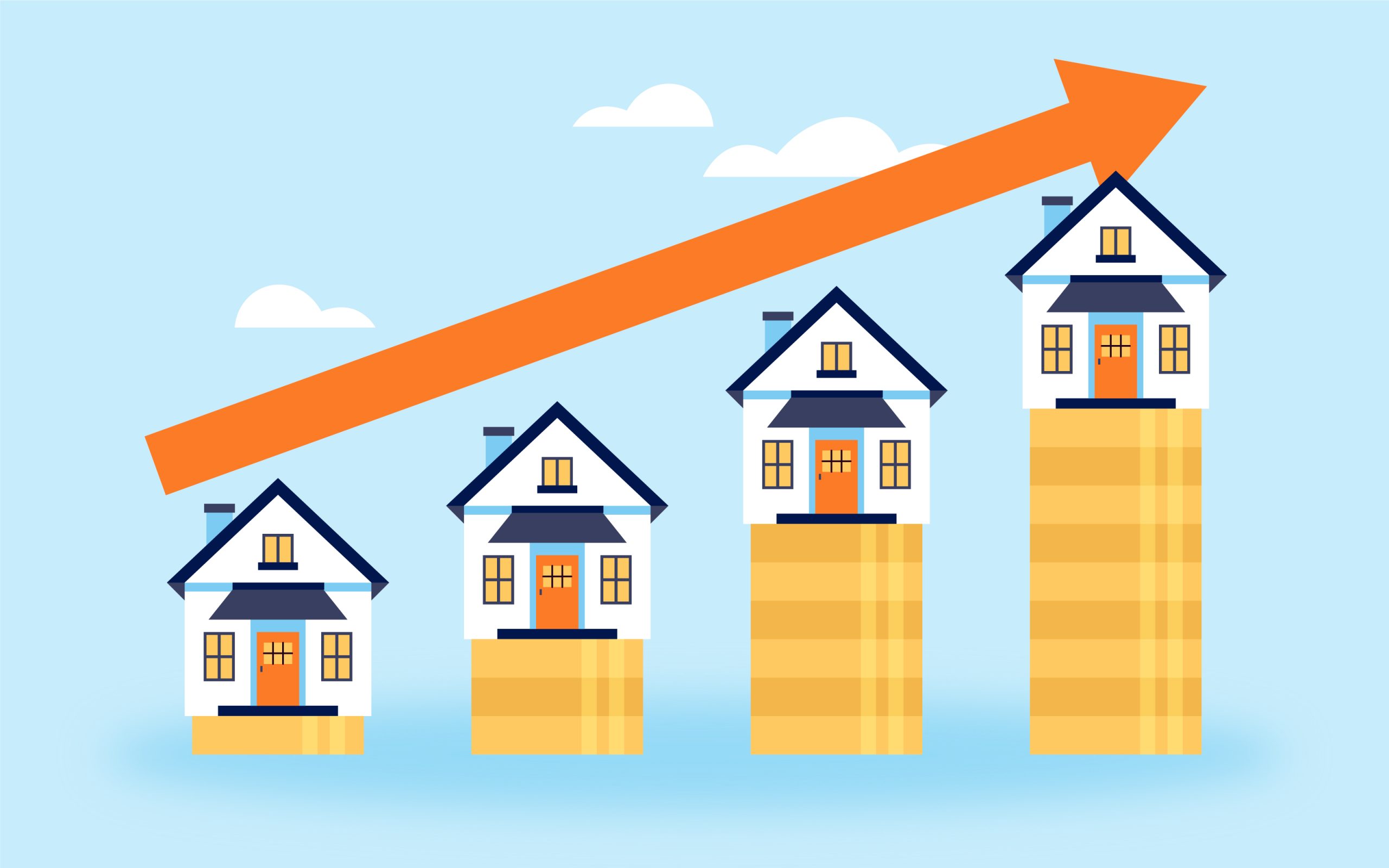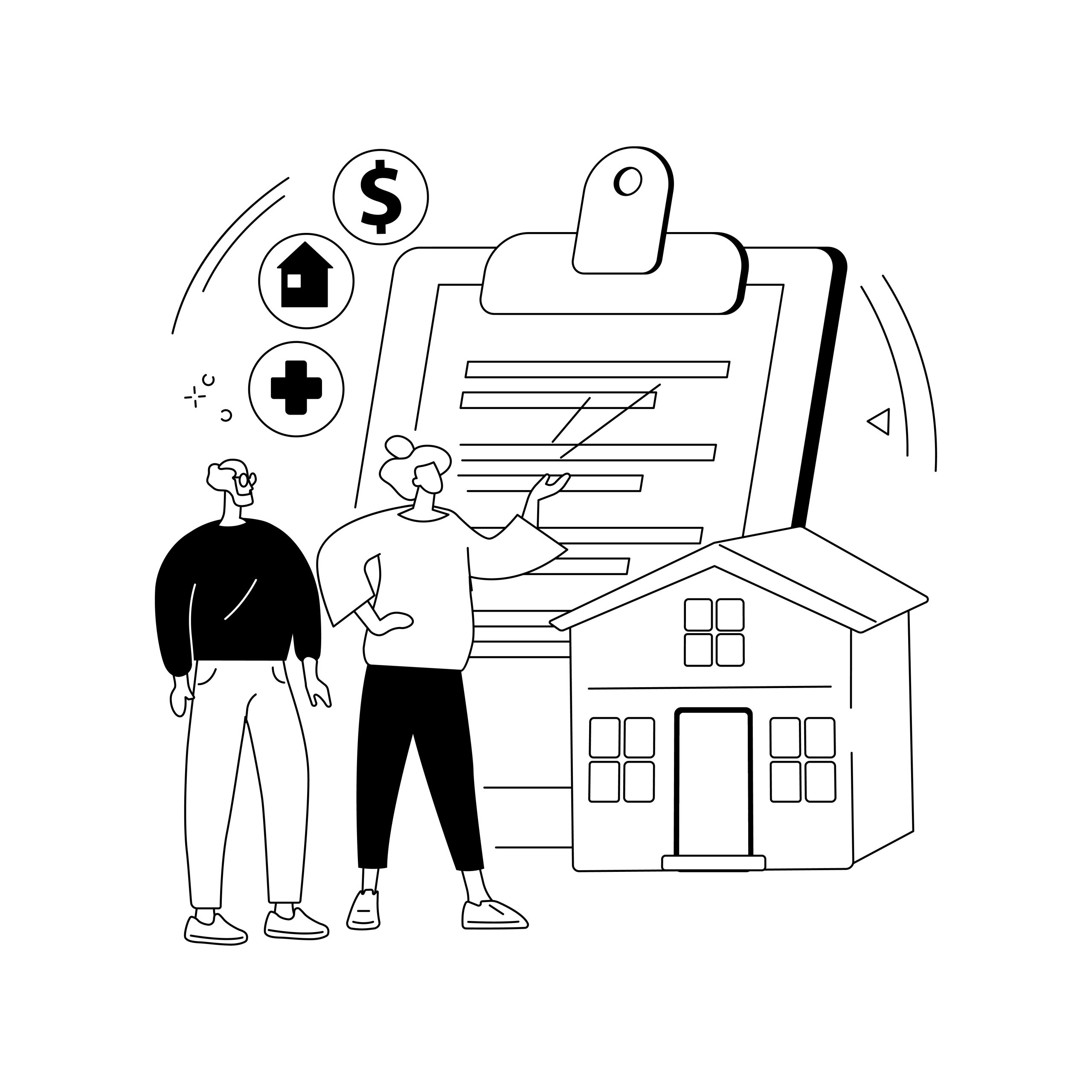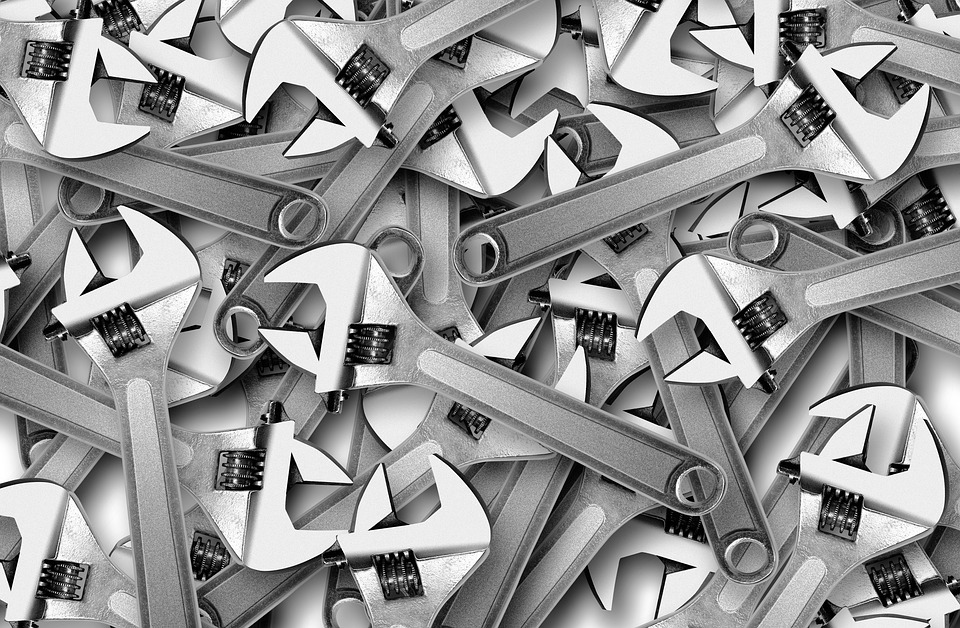Buying a home is one of the most exciting—and often stressful—milestones in life. But before you can sign those closing papers and get the keys to your dream home, you need to qualify for a mortgage. The mortgage qualification process can be daunting, especially if you’re a first-time homebuyer. However, with the right preparation and understanding, you can increase your chances of approval and secure a loan with favorable terms.
In this guide, I’ll walk you through everything you need to know about qualifying for a mortgage, from the key requirements lenders look at to tips on improving your chances. Whether you’re just starting your home-buying journey or you’ve been denied in the past and want to try again, this guide will help you understand the process and put you on the right track.
What Lenders Look For When You Apply for a Mortgage
When you apply for a mortgage, lenders evaluate several factors to determine if you’re a good candidate for a loan. These factors help them assess your financial stability and ability to repay the loan. The main criteria lenders focus on are:
1. Credit Score
Your credit score is one of the most critical factors in qualifying for a mortgage. It reflects your history of borrowing and repaying debt, and lenders use it to gauge your financial responsibility. A higher credit score makes you a lower-risk borrower, which can help you qualify for a mortgage with better interest rates.
- Conventional Loans: Typically require a credit score of at least 620, though a higher score (around 740 or above) will help you qualify for the best rates.
- FHA Loans: These government-backed loans are more lenient, allowing borrowers with credit scores as low as 580 to qualify with a 3.5% down payment.
- VA and USDA Loans: These loans, available to veterans and rural homebuyers, often accept lower credit scores, typically in the 580-620 range.
If your credit score is below the required threshold, you might still qualify, but expect higher interest rates or the need for a larger down payment. Improving your credit score before applying can save you thousands in interest over the life of the loan.
2. Income and Employment History
Lenders want to know that you have a stable income to ensure you can make your mortgage payments. Generally, they look for at least two years of steady employment in the same field or with the same employer. Your income will help determine the amount you can borrow and your debt-to-income ratio (DTI), which is crucial for mortgage qualification.
- Proof of Income: Be prepared to provide pay stubs, W-2 forms, tax returns, and, if you’re self-employed, profit-and-loss statements.
- Job Stability: Lenders prefer borrowers with steady employment, though recent graduates or those who changed jobs within the same field may still qualify.
3. Debt-to-Income Ratio (DTI)
Your debt-to-income ratio (DTI) is another critical factor in qualifying for a mortgage. This ratio compares your monthly debt payments to your monthly gross income, giving lenders an idea of how much of your income is already committed to other debts, such as car loans, credit cards, or student loans.
- Front-End DTI: This ratio focuses on housing costs, including your mortgage payment, property taxes, and homeowners insurance. Most lenders prefer this to be no more than 28% of your gross monthly income.
- Back-End DTI: This includes all of your monthly debt payments, not just housing costs. Lenders typically prefer a back-end DTI of 36% or less, though some may allow up to 43% with compensating factors.
If your DTI is too high, you may need to pay down existing debt or increase your income to qualify for a mortgage.
4. Down Payment
The amount of money you can put down upfront affects both your ability to qualify for a mortgage and the terms you’ll receive. A larger down payment reduces the lender’s risk and can help you qualify for a lower interest rate.
- Conventional Loans: Typically require a down payment of at least 5% to 20% of the home’s purchase price, depending on your credit score and other factors.
- FHA Loans: Require a minimum down payment of 3.5%, though a larger down payment may be necessary if your credit score is below 580.
- VA and USDA Loans: These loans often require no down payment, though you’ll still need to meet credit and income requirements.
If you’re unable to afford a 20% down payment, you may be required to pay private mortgage insurance (PMI), which protects the lender in case you default. PMI adds to your monthly mortgage payment, so it’s important to factor this in when calculating how much house you can afford.
5. Assets and Reserves
Lenders will also consider your savings and assets when evaluating your mortgage application. Having cash reserves (money set aside in savings) is a sign that you can handle unexpected expenses or job loss, which makes you a lower-risk borrower. You may be asked to show proof of liquid assets, such as savings accounts, retirement funds, or investments.
Additionally, if you have significant assets, they can be used as a compensating factor to help you qualify for a mortgage, especially if your income or credit score is on the lower end.
How to Qualify for a Mortgage: Step-by-Step
Now that you understand what lenders are looking for, let’s break down the steps to qualifying for a mortgage:
1. Check and Improve Your Credit Score
Before applying for a mortgage, check your credit score and review your credit report for any errors or discrepancies. If your score is low, take steps to improve it by paying down debt, making on-time payments, and avoiding new credit inquiries. The higher your credit score, the better mortgage terms you’ll qualify for.
2. Calculate Your Budget
Use an online mortgage calculator to determine how much house you can afford based on your income, down payment, and current debt. This will help you set a realistic budget and prevent you from overextending yourself financially. Factor in additional costs such as property taxes, homeowners insurance, and PMI if applicable.
3. Save for a Down Payment
The larger your down payment, the more likely you are to qualify for favorable mortgage terms. Start saving as early as possible, and if necessary, explore down payment assistance programs that may be available in your area. Remember that, in addition to the down payment, you’ll need to budget for closing costs, which typically range from 2% to 5% of the home’s purchase price.
4. Organize Your Financial Documents
Before you apply for a mortgage, gather all the financial documents you’ll need to provide to lenders. This typically includes:
- Recent pay stubs
- W-2 forms or 1099s
- Tax returns for the last two years
- Bank statements
- Proof of additional assets (stocks, bonds, etc.)
- Any debt statements (credit cards, car loans, etc.)
Having these documents ready will streamline the mortgage application process and show lenders that you’re well-prepared.
5. Get Pre-Approved for a Mortgage
Getting pre-approved for a mortgage is a crucial step in the home-buying process. Pre-approval involves submitting your financial information to a lender, who will then give you a pre-approval letter indicating how much you’re eligible to borrow. This not only shows sellers that you’re serious, but also gives you a clear understanding of your budget when shopping for homes.
Keep in mind that pre-approval is different from pre-qualification, which is a more informal estimate of how much you can borrow. Pre-approval involves a deeper look at your finances and gives you a more accurate borrowing range.
6. Compare Mortgage Offers
Don’t settle for the first mortgage offer you receive. Shop around with multiple lenders to compare interest rates, fees, and loan terms. Even a slight difference in interest rates can save you thousands of dollars over the life of your loan, so it pays to do your homework.
Tips to Improve Your Mortgage Qualification Chances
If you’re worried about qualifying for a mortgage or want to improve your chances of getting a better rate, here are a few tips:
- Pay Down Debt: Reducing your outstanding debt can lower your DTI ratio and improve your credit score, making you a more attractive borrower.
- Increase Your Income: If possible, take on a side job or negotiate a raise to boost your income and strengthen your mortgage application.
- Avoid New Debt: Refrain from taking on new credit (like car loans or credit cards) in the months leading up to your mortgage application, as this can raise your DTI and lower your credit score.
- Consider a Co-Signer: If you have trouble qualifying on your own, a co-signer with good credit and a strong income can help you secure a mortgage.
Conclusion: Get Ready for Your Mortgage Application
Qualifying for a mortgage doesn’t have to be overwhelming. By understanding the key factors lenders consider—like your credit score, income, debt-to-income ratio, and down payment—you can take steps to prepare and improve your chances of success. Start by reviewing your financial situation, setting a budget, and getting your documents in order. Once you’re ready, getting pre-approved for a mortgage will make the home-buying process smoother and more efficient.
Remember, the more you can improve your financial standing before applying, the better terms you’ll qualify for. Whether you’re looking for your first home or upgrading to a new one, this guide will help you navigate the mortgage qualification process with confidence.
FAQ
What credit score is needed to qualify for a mortgage?
Most conventional loans require a credit score of at least 620, though a higher score will help you secure better terms. FHA loans require a minimum score of 580 with a 3.5% down payment, while VA and USDA loans may accept scores as low as 580.
How much income do I need to qualify for a mortgage?
Lenders typically look for a steady income over at least two years. Your debt-to-income ratio (DTI) should be no more than 36% for most loans, meaning your total debt payments, including your mortgage, should not exceed 36% of your gross monthly income.
Can I qualify for a mortgage with a low down payment?
Yes, you can qualify for a mortgage with a low down payment through programs like FHA loans (3.5% down), VA loans (no down payment), and conventional loans that accept as little as 5%. However, putting down less than 20% may require you to pay private mortgage insurance (PMI).
Ready to get pre-approved and take the next step toward homeownership? Start preparing your finances today for the best chance of qualifying for your mortgage!





